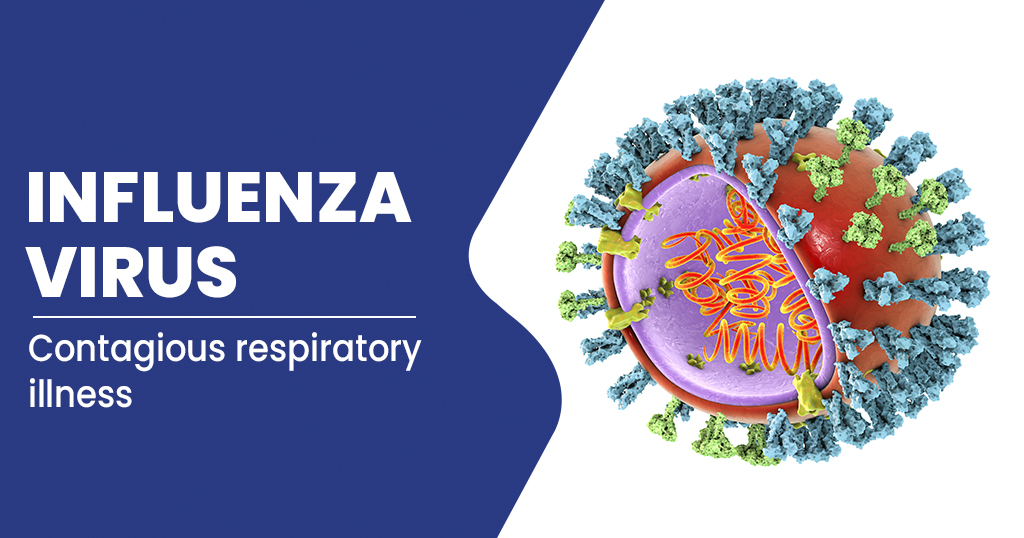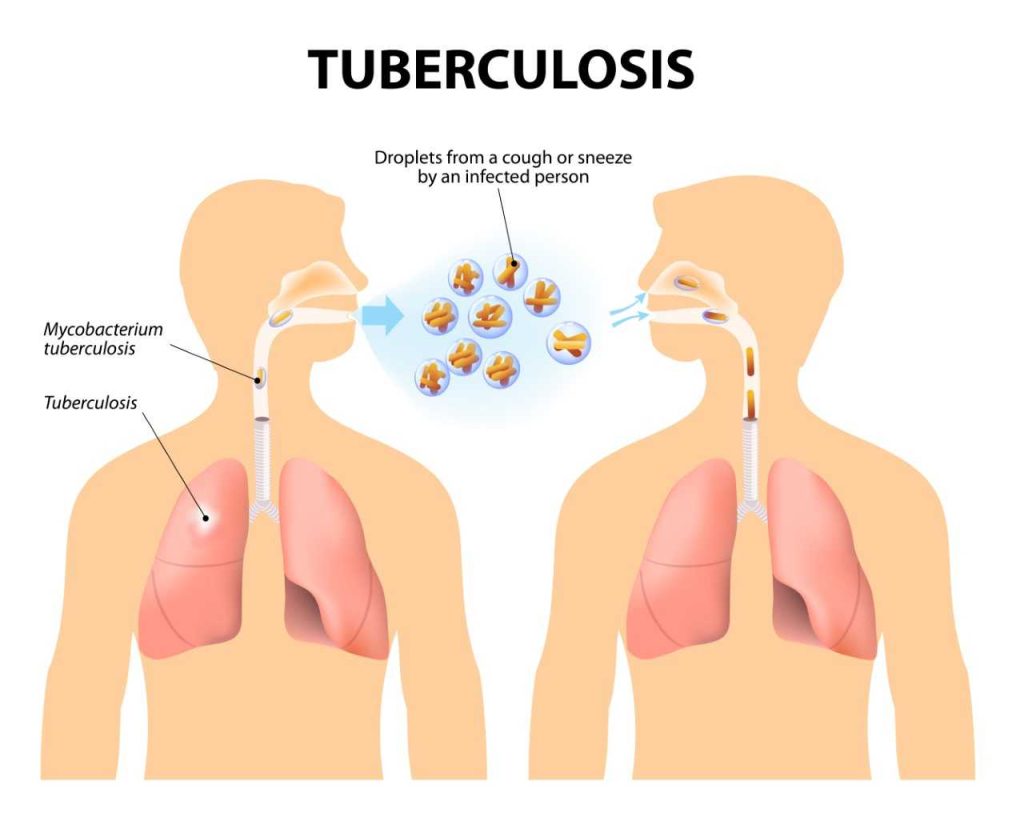Important things you need to know about the flu(Influenza).
The flu season typically lasts from late fall to early spring and is accompanied by the typical flu symptoms of fatigue, sniffling, sneezing, and coughing.
The illness’s severity varies from person to person, but the COVID-19 pandemic has brought a new sense of urgency to our need to safeguard ourselves as both of these viruses spread in the coming months.
Flu vaccinations are crucial every year, but this year they’re even more crucial to prevent the general public, especially vulnerable populations, from contracting the flu while COVID-19 is still a danger.
What is the flu?
A common and contagious virus called influenza is transmitted when droplets enter the body of a different person. The virus then establishes itself and starts to grow. The flu spreads throughout the country each year. According to a 2018 CDC study, the flu affects 3 to 11 percent of Americans each year. This explains why some people experience symptoms.

The flu’s main season is winter, with February being its peak. However, influenza can strike at any time of the year. There are numerous flu strains. Which viral strains will be most prevalent each year is decided by medical professionals and researchers. Then, vaccinations are created using those strains. One of the simplest and most reliable ways to prevent the flu is with a flu vaccine.
A few symptoms of the flu and the common cold are similar.
People who have any ailment frequently encounter:
- runny or congested nose
- sneezing
- bodily pains
- overall weariness
Generally speaking, flu symptoms are worse than cold symptoms. The seriousness of the two is another obvious distinction. Rarely do colds result in further medical concerns or issues. However, the flu can cause:
- sinusitis
- infected ears
- pneumonia
- sepsis
If your symptoms are severe, you might want to get a diagnosis of the flu or the common cold confirmed. Your doctor will order tests to assist identify the cause of your symptoms. Call beforehand to find out the procedure for going to a doctor in person or online during the COVID-19 pandemic.
The symptoms of the common cold and the flu should also be handled carefully because they are similar to those of COVID-19. You only need to treat your symptoms if your doctor identifies you with a cold until the virus has finished its course. These remedies may consist of:
- utilising over-the-counter (OTC) medicine for colds
- drinking water
- obtaining lots of sleep
What’s the difference between the flu and COVID-19?
While there are some similarities between COVID-19, the flu, and allergies, there are also many differences. The primary signs of COVID-19 include:
- tiredness
- fever
- cough
- breathing difficulty
Sneezing is unusual. The flu symptoms, such as fever and body aches, are comparable to COVID-19. However, you might not experience shortness of breath as a flu symptom. Sneezing, coughing, and wheezing are some of the more common chronic allergy symptoms.
What are the symptoms of the flu?
Fever
Your body temperature will nearly always rise when you have the flu. Fever is another name for this. The majority of fevers caused by the flu range from a low-grade fever of roughly 100°F (37.8°C) to a high-grade fever of 104°F (40°C).
While worrying, it’s not uncommon for young children to experience fevers that are higher than those of adults. Consult your child’s doctor if you think they may have the flu.
When your temperature is high, you could have “feverishness.” Chills, sweats, or feeling cold in spite of a high body temperature are symptoms. Most fevers last 3 to 4 days, which is less than a week in most cases.
Cough
When you have the flu, a dry, persistent cough is typical. It’s possible for the cough to get worse and become painful.
Occasionally, you could feel like your chest hurts or your breath is short. Many coughs brought on by the flu might continue for around 2 weeks.
Muscle pain
Your neck, back, arms, and legs are the most typical locations for flu-related muscle discomfort. They are frequently severe, making it challenging to move even when attempting to carry out simple duties.
Headache
Your first flu symptom can be a terrible headache. Sometimes headaches are accompanied by other symptoms, such as light and sound sensitivity.
Fatigue
A less visible flu symptom is feeling weary. One of several conditions can be an indicator of feeling generally ill. These feelings of exhaustion and fatigue may strike suddenly and be challenging to get rid of.
How long does the flu last?
The majority of people recover from the flu in a week or so. However, it can take a few more days until you feel like yourself again. Even a few days after your flu symptoms have disappeared, fatigue is not uncommon.
It’s crucial to skip the first day of class or work until you’ve been fever-free for at least 24 hours (without using fever-reducing drugs, of course). A day before your symptoms start to manifest and for up to seven days afterward, the flu virus can be transmitted to another person.
During the COVID-19 pandemic, if you exhibit any cold or flu symptoms, you should separate yourself while getting tested and continue to practise excellent hygiene by:
- the act of handwashing
- cleaning up high-touch areas
- putting on a face mask
- staying away from other people
Treatment options for the flu
The majority of flu illnesses are mild enough for self-care at home without the use of prescription drugs. When you first experience flu symptoms, it’s crucial that you stay at home and limit your contact with others.
You will need to:
- Drink a lot of water. This includes low-sugar flavoured drinks, soup, and water.
- Use over-the-counter drugs to treat symptoms including fever and headaches.
- To stop the virus from getting onto other surfaces or persons in your home, wash your hands.
- Use tissues to cover your coughs and sneezes. Get rid of the tissues right away.
- When outside, hide your face.
Remedies for flu symptoms
The flu is not enjoyable. However, there are numerous treatments for flu symptoms that offer significant relief.If you have the flu, have in mind these remedies:Pain relievers.
- Pain relievers. drugs that reduce pain. It is frequently advised to use analgesics like acetaminophen and ibuprofen to relieve symptoms. These include headache, fever, and aches and pains in the muscles.
- Decongestants. This kind of medication can ease sinus and ear pressure as well as nasal congestion. Read the labels carefully to choose the decongestant that is appropriate for you because each type can have some negative effects.
- Expectorants. This kind of drug aids in reducing the buildup of thick sinus secretions that give you a cough-inducing feeling in your head.
REFRENCES:
- https://www.mayoclinic.org/diseases-conditions/flu/symptoms-causes/syc-20351719
- https://www.cdc.gov/flu/about/viruses/types.htm
- https://my.clevelandclinic.org/health/diseases/4335-influenza-flu
- https://www.healthline.com/health/cold-flu/flu
For more details, kindly visit below.
